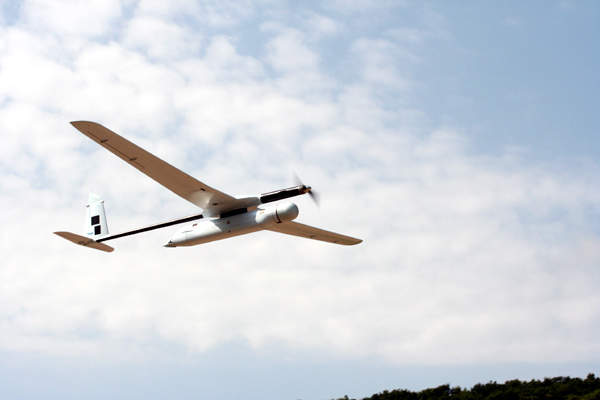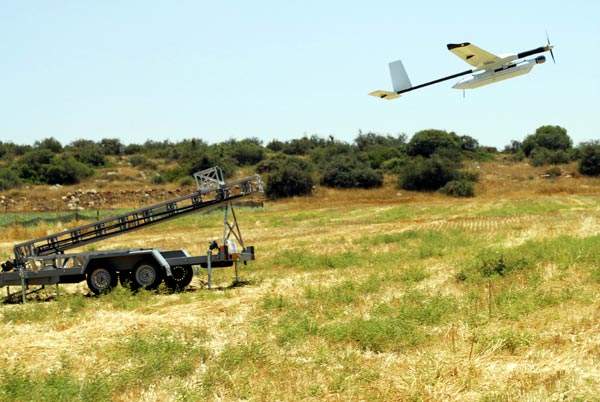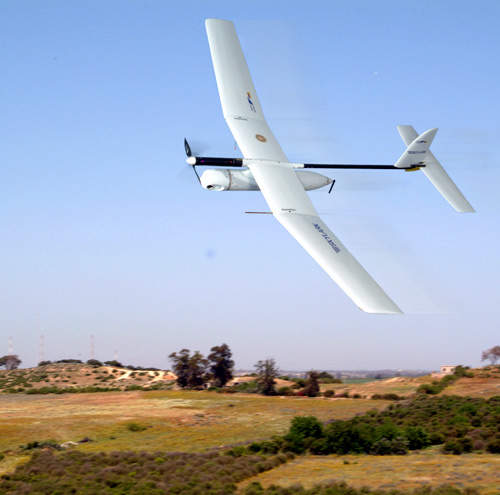The Skylark II is a close-range tactical unmanned air vehicle (UAV) system principally designed for Israeli, Canadian and Korean defence forces to carry out intelligence, surveillance, target acquisition and reconnaissance operations. The UAV was designed and manufactured by Elbit Systems. It was first unveiled in 2006 and is derived from the Skylark I.
The UAV is primarily used for worst weather reconnaissance, data collection and target marking for missions ranging more than 50km.
Skylark II UAV orders and deliveries
In November 2009, two Skylark II UAVs were purchased by the Czech military for CZK50m (about $3m). The Korean Army selected the aircraft in a bidding process in December 2007.
The Canadian Army acquired five Skylarks as part of a programme to expand its UAV fleet. The vehicles will be deployed for operation in Israel, Afghanistan and Iraq. The Canadian Army is planning to purchase five more in the future as they cost less than conventional UAVs.
Skylark II design
The Skylark II is a man-packed, hand-launched mini UAV system designed to operate in the battlefield using deployable Humvee-class field vehicles. It can be operated by a two-person crew from a ground control station (GCS). The vehicle is incorporated with a built-in launcher, GPS, a night camera and a laser marker. It is designed to perform brigade-level operations.
It is self-reliant and can capture high-resolution images and videos of battlefields under adverse weather conditions.
Sensors
The Skylark II is equipped with an electro-optical/infrared multi-sensor, a cross-coupled display, a thermal imager, a laser illuminator and an optical laser designator, which is used for targeting battlefields. The thermal imager is used to capture high-resolution images during the night by penetrating through clouds, rain, smoke, fog and smog.
Engine
The Skylark II is powered by a single electrical motor manufactured by Bental Industries. The engine can produce a maximum of 4kW. It is controlled by a battery pack contained in the payload pod underneath the main boom.
The propulsion system uses dual-channel permanent magnet brushless motors. A controller switches off one channel when cruising as this requires less power.
If one of the systems fails, the control will automatically switch to another system, allowing the vehicle to continue the mission or cancel and return to the ground safely.
Performance
The Skylark II features a payload of 10kg and has a flight endurance of six hours. It can operate in medium and low altitudes. It has a service ceiling of 4,572m and a maximum altitude of 16,000ft. The maximum take-off and payload weights of the aircraft are 43kg and 10kg, respectively.
Ground station
The processing, retrieving and storing of real-time data is undertaken by the ground control station. Two crew operators can control the GCS system, which comprises a ground data terminal, a remote video terminal and a flight line tester/loader. State-of-art commercial off-the-shelf technology is used for converting the sensor data.







